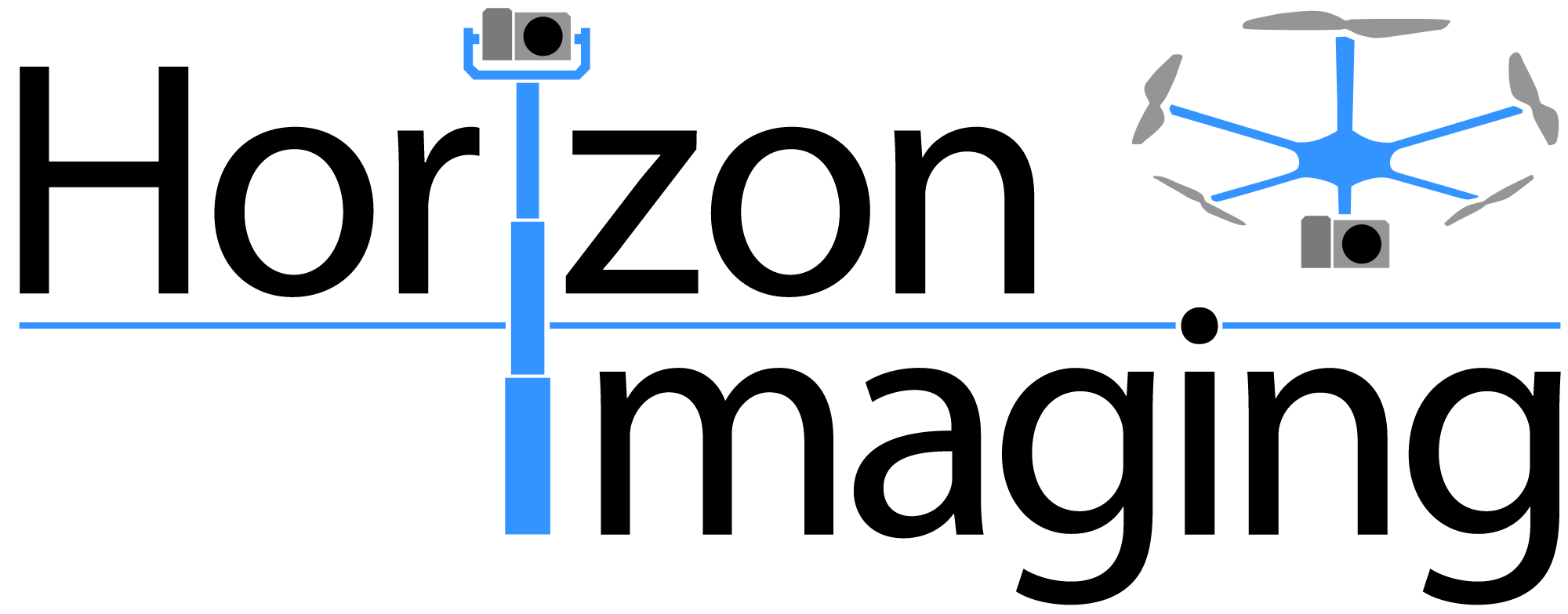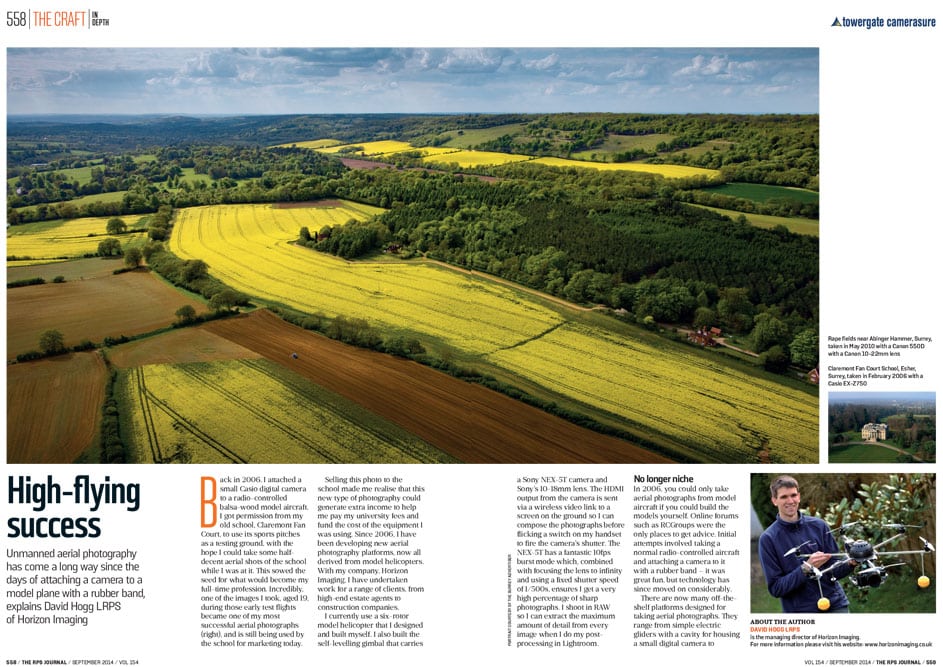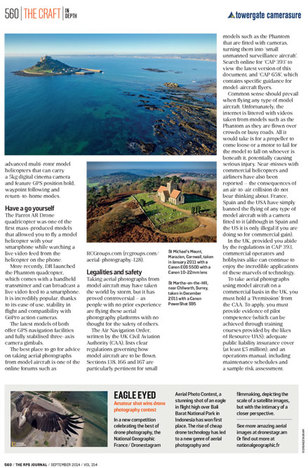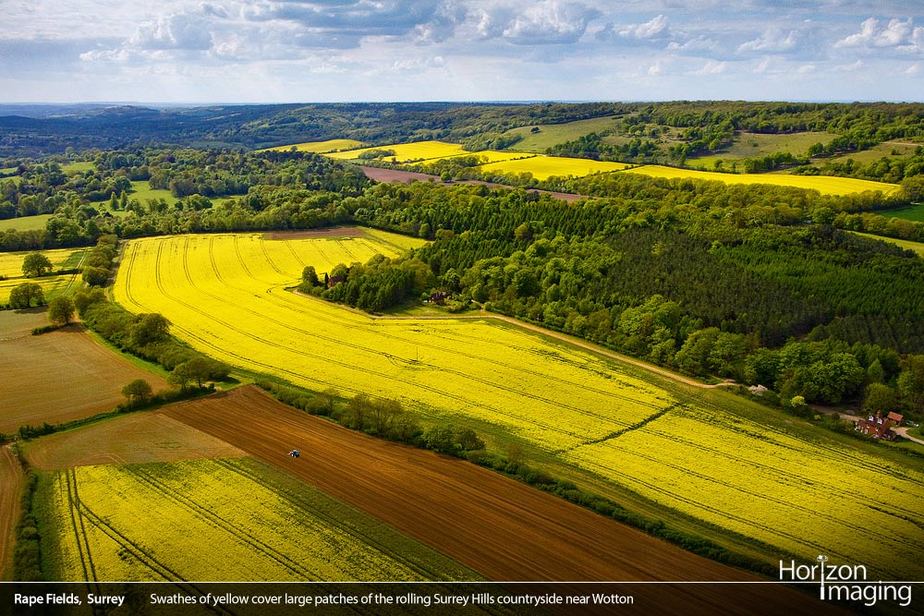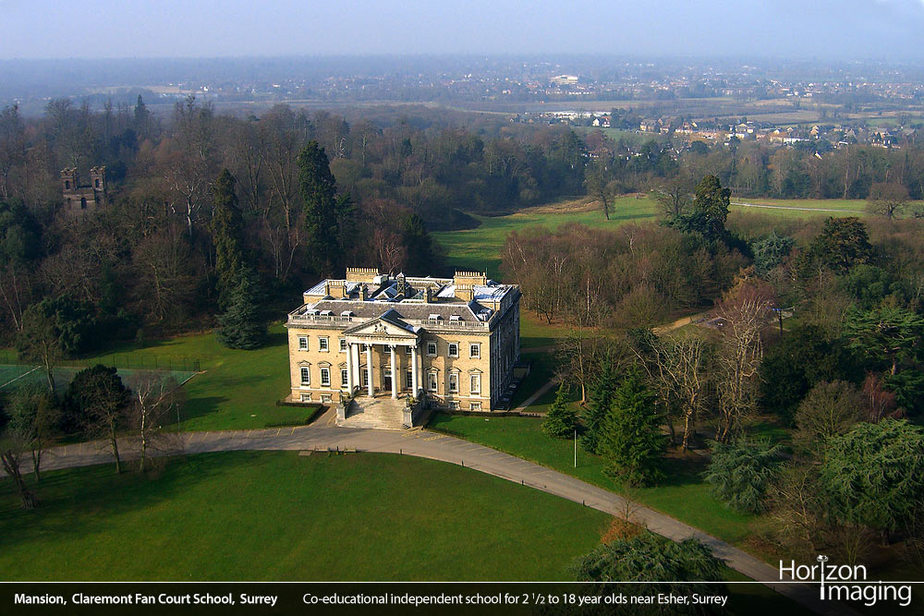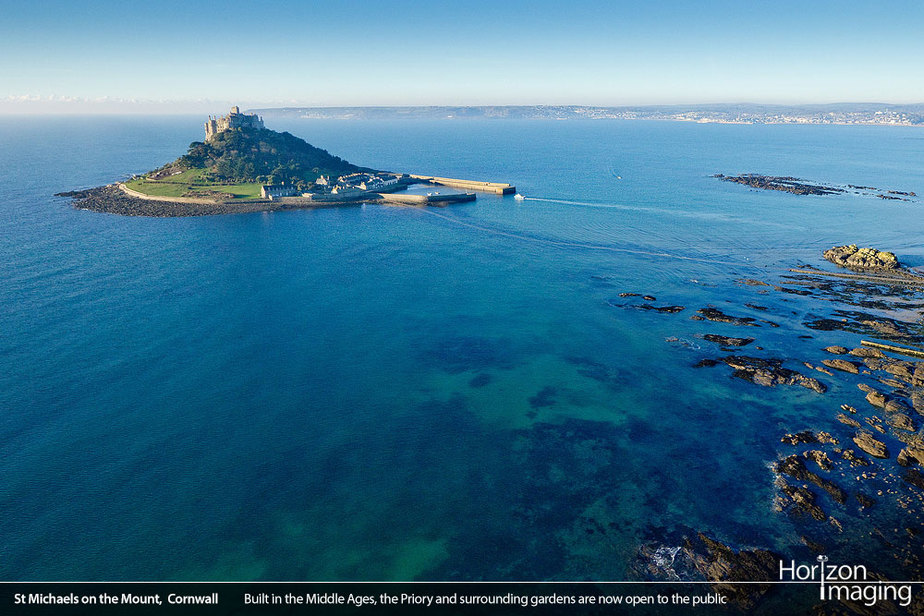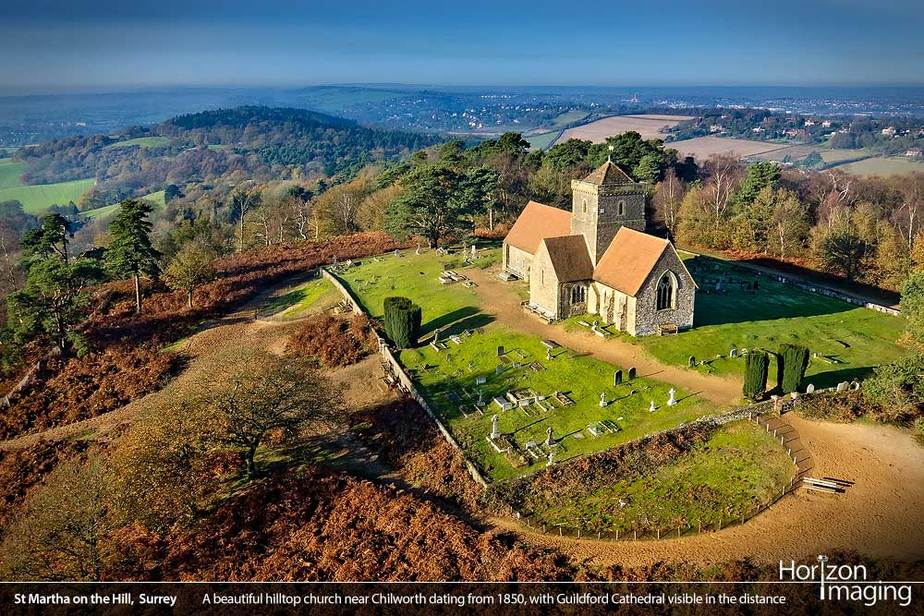Horizon Imaging recently contacted the Royal Photographic Society (RPS) to see if they would be interested in featuring an article about the fascinating developments in aerial photography using unmanned aerial platforms over the last 10 years, and how David Hogg’s early experiments back in 2006 eventually led to the creation of Horizon Imaging.
They were delighted with the idea, particularly as one of David’s aerial photographs (‘St-Martha-on-the-Hill’ as shown below on the right) formed part of the panel of images which allowed him to achieve his Licentiate Distinction with the RPS. Please click on the images on the right to view the article. For ease of reading the article text can also be read below:
“High-flying success – Unmanned aerial photography has come a long way since the days of attaching a camera to a model plane with a rubber band, explains David Hogg LRPS of Horizon Imaging.
Back in 2006, I attached a small Casio digital camera to a radio-controlled balsa-wood model aircraft. I got permission from my old school, Claremont Fan Court, to use its sports pitches as a testing ground, with the hope I could take some half-decent aerial shots of the school while I was at it. This sowed the seed for what would become my full-time profession. Incredibly, one of the images I took, aged 19, during those early test flights became one of my most successful aerial photographs (right), and is still being used by the school for marketing today.
Selling this photo to the school made me realise that this new type of photography could generate extra income to help me pay my university fees and fund the cost of the equipment I was using. Since 2006, I have been developing new aerial photography platforms, now all derived from model helicopters. With my company, Horizon Imaging, I have undertaken work for a range of clients, from high-end estate agents to construction companies. I currently use a six-rotor model helicopter that I designed and built myself. I also built the self-levelling gimbal that carries a Sony NEX-5T camera and Sony’s 10-18mm lens. The HDMI output from the camera is sent via a wireless video link to a screen on the ground so I can compose the photographs before flicking a switch on my handset to fire the camera’s shutter. The NEX-5T has a fantastic 10fps burst mode which, combined with focusing the lens to infinity and using a fixed shutter speed of 1/500s, ensures I get a very high percentage of sharp photographs. I shoot in RAW so I can extract the maximum amount of detail from every image when I do my post-processing in Lightroom.
No longer niche. In 2006, you could only take aerial photographs from model aircraft if you could build the models yourself. Online forums such as RCGroups were the only places to get advice. Initial attempts involved taking a normal radio-controlled aircraft and attaching a camera to it with a rubber band – it was great fun, but technology has since moved on considerably. There are now many off-the-shelf platforms designed for taking aerial photographs. They range from simple electric gliders with a cavity for housing a small digital camera to advanced multi-rotor model helicopters that can carry a 5kg digital cinema camera and feature GPS position hold, waypoint following and return-to-home modes.
Have a go yourself. The Parrot AR Drone quadcopter was one of the first mass-produced models that allowed you to fly a model helicopter with your smartphone while watching a live video feed from the helicopter on the phone. More recently, DJI launched the Phantom quadcopter, which comes with a handheld transmitter and can broadcast a live video feed to a smartphone. It is incredibly popular, thanks to its ease of use, stability in flight and compatibility with GoPro action cameras. The latest models of both offer GPS navigation facilities and fully stabilised three-axis camera gimbals. The best place to go for advice on taking aerial photographs from model aircraft is one of the online forums such as RCGroups.com (rcgroups.com/aerial-photography-128).
Legalities and safety. Taking aerial photographs from model aircraft may have taken the world by storm, but it has proved controversial – as people with no prior experience are flying these aerial photography platforms with no thought for the safety of others. The Air Navigation Order, written by the UK Civil Aviation Authority (CAA), lists clear regulations governing how model aircraft are to be flown. Sections 138, 166 and 167 are particularly pertinent for small models such as the Phantom that are fitted with cameras, turning them into ‘small unmanned surveillance aircraft’. Search online for ‘CAP 393’ to view the latest version of this document, and ‘CAP 658’, which contains specific guidance for model-aircraft flyers. Common sense should prevail when flying any type of model aircraft. Unfortunately, the internet is littered with videos taken from models such as the Phantom as they are flown over crowds or busy roads. All it would take is for a propeller to come loose or a motor to fail for the model to fall on whoever is beneath it, potentially causing serious injury. Near-misses with commercial helicopters and airliners have also been reported – the consequences of an air-to-air collision do not bear thinking about. France, Spain and the USA have simply banned the flying of any type of model aircraft with a camera fitted to it (although in Spain and the US it is only illegal if you are doing so for commercial gain).
In the UK, provided you abide by the regulations in ‘CAP 393’, commercial operators and hobbyists alike can continue to enjoy the incredible applications of these marvels of technology. To take aerial photographs using model aircraft on a commercial basis in the UK, you must hold a ‘Permission’ from the CAA. To apply, you must provide evidence of pilot competence (which can be achieved through training courses provided by the likes of Resource UAS); adequate public liability insurance cover (at least £5 million); and an operations manual, including maintenance schedules and a sample risk assessment.”
As a magazine dedicated to bringing news of the latest technologies and photographic skills to the masses, it was a pleasure to write for the RPS Journal, a photographic magazine that has been in print since 1853, making it the “oldest continuously published photographic periodical in the world”.
As a visiting speaker at many local camera clubs, I am always looking for new opportunities to share my love of digital, and particularly aerial photography with a wider audience. I look forward to returning to the Guildford Photographic Society for a 1.5 hour presentation next month, and if you know of any local clubs or societies that would be interested in having a presentation from me, please do pass my contact details onto them. Thank you!
David Hogg’s article on aerial photography in the September 2014 issue of the Royal Photographic Society Journal. Click each image to enlarge.
“Rape fields near Abinger Hammer, Surrey, taken in May 2010 with a Canon 550D with a Canon 10-22mm lens”. Click to enlarge.
“Claremont Fan Court School, Esher, Surrey, taken in February 2006 with a Casio EX-Z750”. Click to enlarge.
“St Michael’s Mount, Marazion, Cornwall, taken in January 2011 with a Canon EOS 550D with a Canon 10-22mm lens”. Click to enlarge.
“St Martha-on-the-Hill, near Chilworth, Surrey, taken in December 2011 with a Canon PowerShot S95”. Click to enlarge.
